Not since Benjamin Franklin’s fabled kite-and-key experiment has the concept of electrification jolted the nation as strongly as the push to advance all-electric electric vehicles. The debate over efforts to electrify the freight industry and mothball diesel trucks continues to rage in many parts of the country.
Increasingly, this drama is being played out in the statehouse. According to Electric Trucks Now, 16 states, along with the District of Columbia, are in various stages of developing clean air plans in which electric vehicles are central. With about a third of states in this legislative pathway, the likelihood of Washington, D.C., adopting similar federal standards continues to grow. If enacted, these regulations would have far-reaching consequences for the trucking industry — much like the tipping of the first domino in creating a chain reaction.
“Different regulations, whether they be environmental or labor-based or whatever the case may be, each have their challenges,” said Dave Williams, senior vice president of equipment and government relations for Knight-Swift Transportation. “This one, from a magnitude standpoint, feels like it could have a greater impact than any of them.”
Of the 16 states, six have adopted the Advanced Clean Trucks (ACT) rule, which is now law in California, New York, Massachusetts, New Jersey, Oregon and Washington state. The rule represents the most aggressive measures yet to replace diesel engines with electric ones. Three more states — Connecticut, Maryland and Maine — are actively working toward ACT legislation.
The remaining states (Colorado, Hawaii, North Carolina, Pennsylvania, Rhode Island, Vermont, Virginia and the District of Columbia) have signed a memorandum of understanding (MOU) for zero-emission trucks but have yet to advance any legislation. The MOU signals a state’s intent to achieve a goal that 100% of all new medium- and heavy-duty vehicle sales be zero emission by 2050, with an interim target of 30% zero-emission vehicle sales by 2030.
Williams, who has spent 30 years in the trucking business, says while regulation is nothing unfamiliar in the trucking business, the impact of ACT rules is nothing short of transformative for the industry.
“With all regulations, there are things we have to change and there are costs we have to bear,” he said. “But in this case, we’re talking about moving from a piece of equipment that is very flexible, is highly efficient, that has a tremendous amount of range and capability to equipment that doesn’t do near as much work, that costs a lot more and that doesn’t go as far and isn’t as flexible. So, from an impact standpoint, this (regulation) has the potential to rank very high.”
California, the bell cow in this lineup, has adopted myriad emissions regulations over just the past two years, going after everything from commercial trucks to passenger cars to leaf blowers. In June 2020, the state’s 16-member California Air Resources Board (CARB), a non-elected body appointed by the governor and legislature, made headlines for adopting ACT, the world’s first zero-emission commercial truck requirement.
Per CARB, the regulation “is part of a holistic approach to accelerate a large-scale transition of zero-emission medium- and heavy-duty vehicles from Class 2b to Class 8.” In addition to addressing new vehicle sales, steadily increasing the percentage of electric models by 2035, the new rules impose a schedule for replacement of diesel trucks with electric ones in existing fleets.
Williams says that on the face of such legislation are serious questions about infrastructure and services — such as the power grid limitations and lack of charging stations — to support its implementation. But the bigger issue, he notes, is the piecemeal way in which these laws are coming into being.
“Our supply chain — through the (COVID-19) pandemic, we’ve already seen that it’s fairly fragile,” he said. “Now, instead of having the Environmental Protection Agency lead in this area and really set a standard that allows us to have freight in this country move seamlessly, we’ve now got a patchwork started by California and then adopted by various states throughout our country.
“California has basically created a de facto national standard and they’re the ones leading the way followed by patchwork regulation that creates confusion and is really inefficient,” he continued. “What we’re ending up with is that you could be on an interstate, going coast-to-coast, and about every 400 to 500 miles, the rules change. So, how do you do that?”
Williams says the other problem with the fast-tracking of still-evolving electric vehicles is that it ignores other technologies that are ready now, such as renewable natural gas engines and hybrids.
“This is very technology-forcing,” he said. “We’re trying to go somewhere really, really fast. With any new technology, there’s a development cycle. There are things that need to be accomplished in order to mature that technology appropriately. In this case, it feels like we’re trying to skip the middle — that entire development phase that allows us to learn and grow and modify and adapt — and go right to the final phase.”
That is problematic in a number of ways, he pointed out.
“There are a lot of technologies, that I would call bridge technologies, that help achieve a lot of environmental gains,” he said. “But we’re not spending any time or any money developing those technologies, because of the way the rule is written, there’s no incentive to do that.”
The regulations have had assistance from Washington, D.C., with moves that have allowed this patchwork to come into being. Last April, the National Highway Traffic Safety Administration rolled back restrictions that limited states’ ability to pass stricter guidelines on emissions standards and zero-emissions vehicle mandates, mirroring the waiver California has enjoyed since the 1970s.
Under former President Donald Trump, such loopholes were closed, including revoking California’s waiver, establishing the framework for uniform regulations and rolling back emissions regs from the Obama administration. Each of these was quickly rescinded by President Joe Biden, which suggests that national guidelines similar to what’s being passed in the states would have a willing ally in the White House.
“Make no mistake; clean air, clean water, good environment — these are all things that we all want,” Williams said. “From a sustainability standpoint, we think that’s a great thing. But there’s another form of sustainability that I think is being overlooked, and that’s economic sustainability. It’s not a matter of whether this is a good place to go; it’s how you get there and how fast you get there.”
Dwain Hebda is a freelance journalist, author, editor and storyteller in Little Rock, Arkansas. In addition to The Trucker, his work appears in more than 35 publications across multiple states each year. Hebda’s writing has been awarded by the Society of Professional Journalists and a Finalist in Best Of Arkansas rankings by AY Magazine. He is president of Ya!Mule Wordsmiths, which provides editorial services to publications and companies.







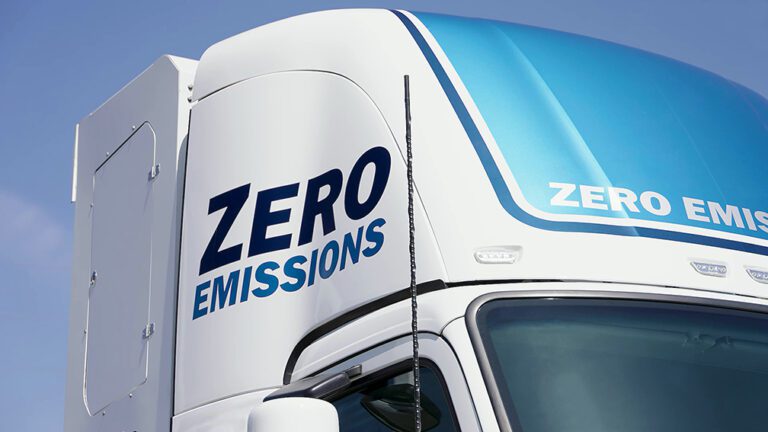
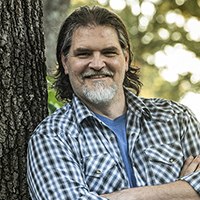
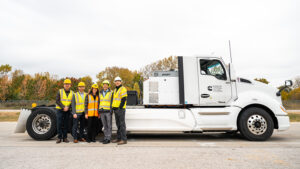

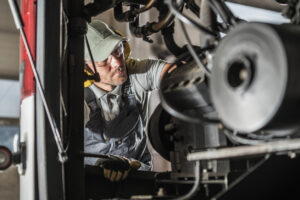
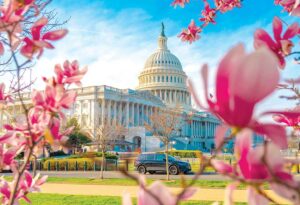
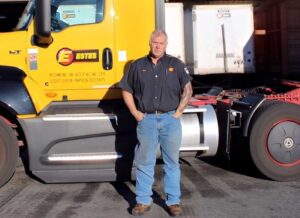
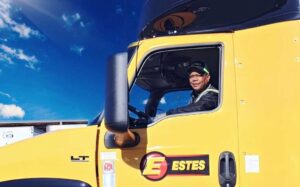
The regulations are a pass-through, ultimately anyone who wants to eat or buy anything pays the cost of freight – unless they live on a farm and can grow everything they need, and will never need anything they can’t grow.